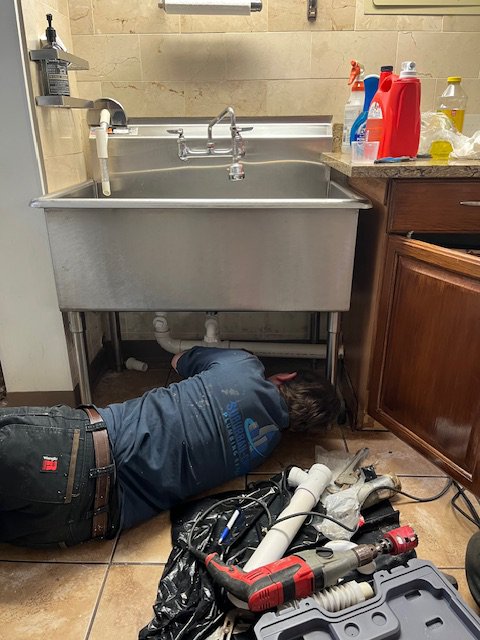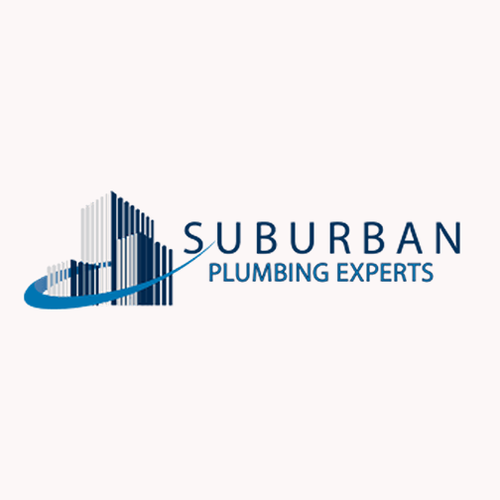Understanding Hidden Water Leaks and Detection Methods
Hidden water leaks waste thousands of gallons, increase utility bills dramatically, and cause extensive property damage before discovery. Unlike obvious leaks under sinks or from faucets, concealed leaks within walls, under floors, or underground remain invisible until serious damage occurs. Understanding detection methods and recognizing warning signs helps homeowners identify hidden leaks early, preventing costly water damage and structural problems.
Warning Signs of Hidden Leaks
Unexplained Water Bill Increases:
Sudden spikes in water bills without changed usage patterns indicate hidden leaks. Compare current bills against previous months identifying unusual increases. Even small leaks waste significant water over time—a pinhole leak can waste hundreds of gallons weekly. Consistently high bills despite normal usage suggest concealed plumbing problems requiring investigation.
Water Meter Monitoring:
Turn off all water fixtures and appliances throughout your home. Check your water meter reading, wait two hours without using water, then recheck the meter. Any movement indicates active leaks somewhere in your plumbing system. This simple test reveals hidden leaks requiring professional location and repair.
Visible Staining and Discoloration:
Water stains on ceilings, walls, or floors indicate leaks in concealed pipes above or behind affected surfaces. Yellow, brown, or copper-colored stains suggest prolonged moisture exposure. Peeling paint, bubbling wallpaper, or warped surfaces near plumbing locations reveal hidden water damage from undetected leaks.
Musty Odors and Mold Growth:
Persistent musty smells indicate hidden moisture supporting mold and mildew growth. Mold appearing on walls, ceilings, or in corners suggests moisture problems from concealed leaks. These conditions create health hazards requiring immediate professional investigation identifying and eliminating moisture sources.
Professional Leak Detection Methods
Acoustic Detection Equipment:
Professional plumbers use sensitive acoustic devices detecting sounds of water escaping pressurized pipes. These specialized tools identify leak locations without invasive exploration, pinpointing problems behind walls or under concrete slabs. Acoustic detection saves thousands in unnecessary demolition costs while quickly locating hidden leaks.
Thermal Imaging Technology:
Infrared cameras reveal temperature variations indicating water presence behind surfaces. Wet areas appear cooler than surrounding dry materials, making concealed leaks visible through thermal imaging. This non-invasive technology identifies moisture problems without damaging walls, ceilings, or flooring during investigation.
Video Camera Inspection:
Specialized waterproof cameras navigate through pipes identifying leaks, cracks, and deterioration from inside plumbing systems. Camera inspections reveal exact problem locations and pipe conditions without excavation. This technology proves invaluable for locating slab leaks and underground pipe failures.
Pressure Testing:
Professional pressure tests isolate sections of plumbing systems identifying leak locations through systematic elimination. Plumbers pressurize specific pipe sections monitoring pressure drops indicating leaks. This methodical approach pinpoints problems in complex plumbing systems.
Common Hidden Leak Locations
Slab Leaks:
Pipes embedded in concrete foundation slabs develop leaks from corrosion, ground movement, or installation defects. Slab leaks create warm floor spots, foundation cracks, and excessive moisture underneath homes. These particularly destructive leaks require specialized detection and repair methods addressing problems without complete foundation removal.
Wall Cavity Leaks:
Supply lines and drain pipes running through walls leak from frozen pipe damage, corrosion, or loose connections. Wall leaks remain hidden until extensive damage occurs, saturating insulation and damaging structural components. Professional detection identifies wall leaks before catastrophic failures.
Ceiling and Roof Leaks:
Bathroom and kitchen plumbing on upper floors creates ceiling leak risks affecting rooms below. Toilet wax ring failures, shower pan leaks, and supply line problems damage ceilings, insulation, and structural components. Early detection prevents extensive repairs and mold remediation.
DIY Preliminary Leak Detection
Toilet Leak Testing:
Add food coloring to toilet tanks without flushing. Wait thirty minutes checking bowl water for color. Color appearing in bowls indicates flapper valve leaks wasting significant water. This simple test identifies one of the most common household leaks.
Appliance Inspection:
Check water heaters, washing machines, dishwashers, and refrigerators with ice makers for moisture, corrosion, or pooling water. Inspect supply line connections and surrounding floors for dampness indicating developing leaks. Regular appliance area inspection catches problems early.
Outdoor Inspection:
Examine yards for unusually green patches, soggy areas, or sinkholes indicating underground water line leaks. Check water meter readings when outdoor faucets remain off. Underground leaks waste tremendous water volumes and damage foundations requiring prompt professional attention.
Red Flags Requiring Immediate Professional Assessment
Critical Warning Signs:
- Foundation cracks appearing or expanding
- Floors feeling spongy or sagging
- Continuously running water sounds when fixtures are off
- Water pressure dropping unexpectedly throughout home
- Warm spots on floors suggesting slab leaks
- Sudden pest problems attracted to moisture
- Rust or corrosion on visible pipes
These symptoms indicate serious hidden leaks demanding immediate professional investigation. Delayed response allows escalating damage requiring extensive remediation beyond simple leak repairs.
Consequences of Ignoring Hidden Leaks
Property Damage:
Undetected leaks saturate building materials causing rot, structural damage, and expensive repairs. Water damages drywall, insulation, flooring, and framing requiring complete replacement. Foundation damage from slab leaks threatens structural integrity necessitating costly engineering solutions.
Mold and Health Hazards:
Hidden moisture creates ideal mold growth conditions. Mold remediation costs thousands and poses serious health risks particularly for children, elderly individuals, and those with respiratory conditions. Preventing hidden leaks protects both property and health.
Utility Cost Impact:
Hidden leaks waste substantial water increasing monthly bills dramatically. Over time, these costs exceed leak repair expenses significantly. Early detection saves hundreds or thousands in wasted water expenses.
Preventive Measures
Regular professional plumbing inspections identify developing problems before leaks occur. Annual maintenance catches deteriorating pipes, loose connections, and corrosion early. Monitor water bills monthly for unusual increases. Test toilets periodically for hidden flapper leaks. Maintain adequate home heating preventing frozen pipe damage causing leaks.
Bottom Line: Early Detection Prevents Costly Damage
Hidden water leaks cause devastating damage when undetected, but recognizing warning signs and utilizing professional detection technology identifies problems early. Professional plumbers employ specialized equipment locating concealed leaks without unnecessary demolition, enabling targeted repairs preventing extensive water damage and costly remediation.
Next Steps for Hidden Leak Concerns
Your Leak Detection Action Plan:
- Monitor water bills monthly for unexplained increases
- Perform water meter test checking for continuous flow
- Inspect visible areas for staining or moisture regularly
- Address musty odors immediately investigating sources
- Contact professionals when warning signs appear
- Schedule annual plumbing inspections preventing problems
- Test toilets periodically for hidden flapper leaks
Need reliable plumbing help?
Contact Suburban Plumbing Experts today at (708) 729-9249


